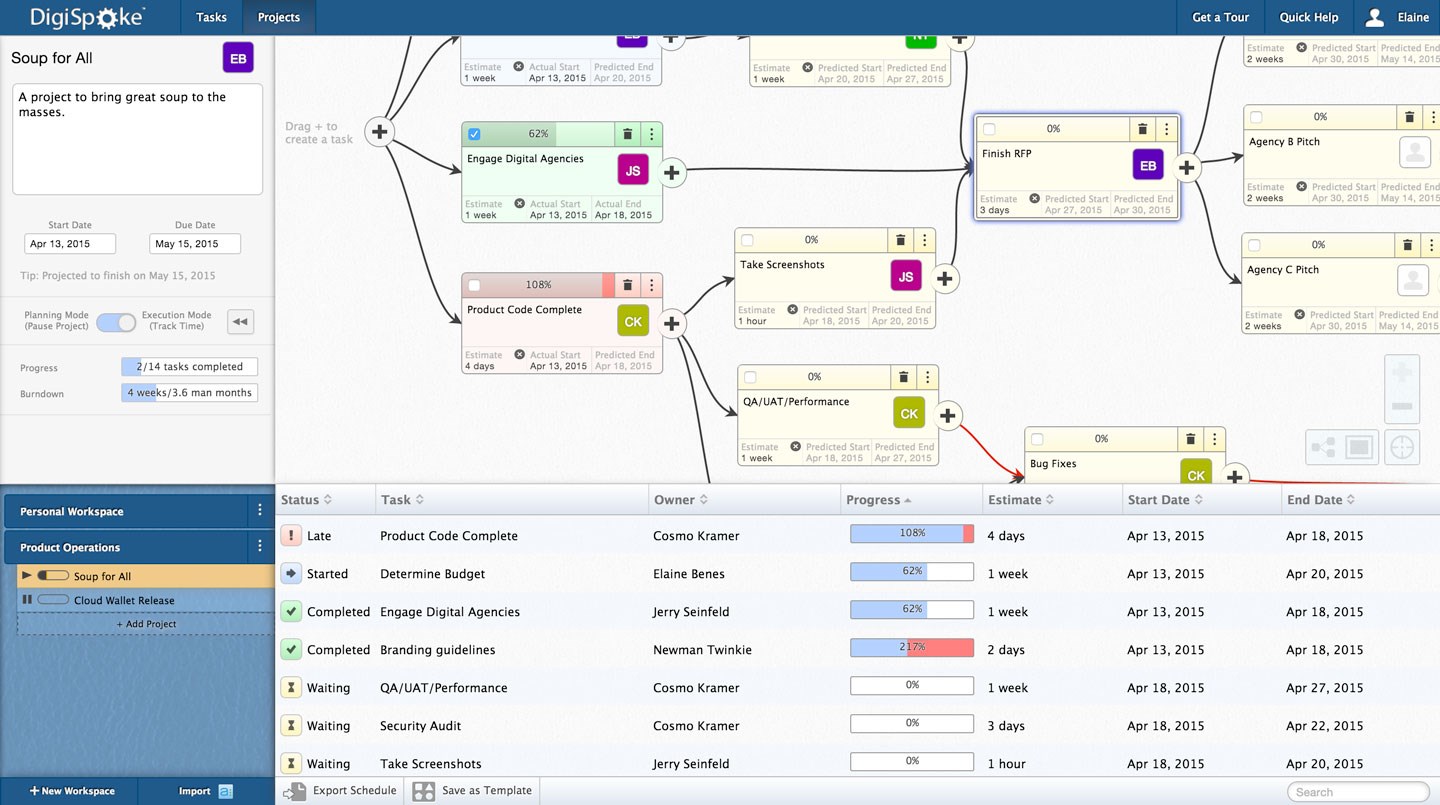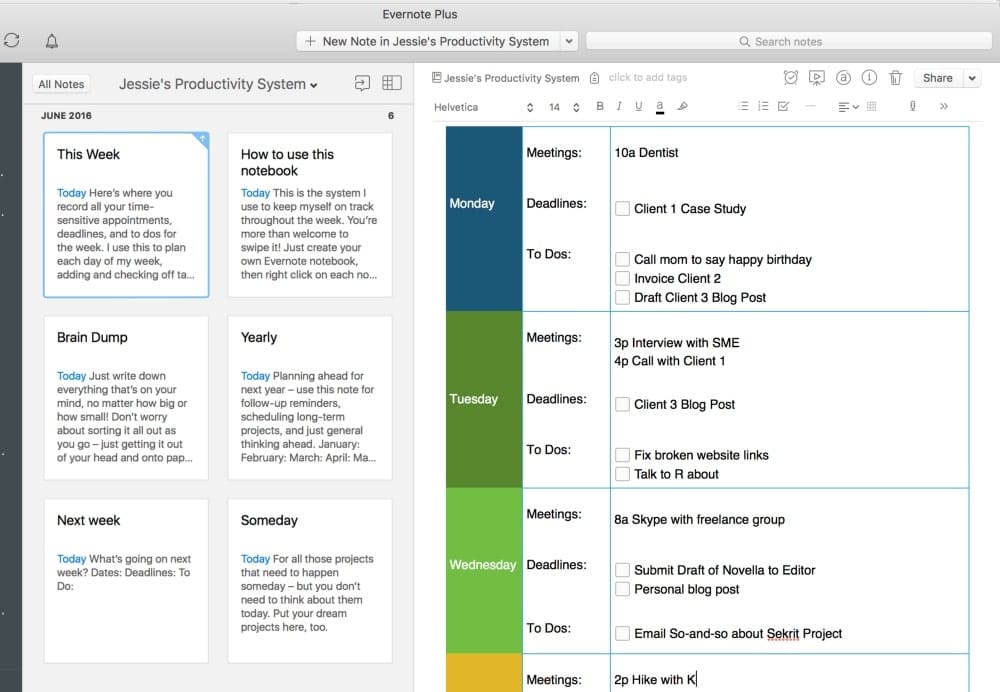Unlocking the Power of CRM and Slack: A Match Made in Productivity Heaven
In today’s fast-paced business environment, efficiency and communication are paramount. Companies are constantly seeking ways to streamline workflows, improve collaboration, and boost overall productivity. One of the most effective strategies for achieving these goals is integrating your Customer Relationship Management (CRM) system with a powerful communication platform like Slack. This article delves deep into the world of CRM integration with Slack, exploring its benefits, implementation strategies, and best practices to help you unlock a new level of operational excellence.
Imagine a world where your sales team is instantly notified of new leads, where customer support agents can quickly access crucial information without switching between applications, and where project managers can effortlessly track progress and updates. This is the reality that CRM integration with Slack offers. By connecting these two crucial platforms, businesses can create a centralized hub of information, enabling teams to work smarter, not harder. This integration fosters a more collaborative, informed, and responsive work environment, ultimately leading to increased customer satisfaction and business growth.
Why Integrate CRM with Slack? The Compelling Advantages
The benefits of integrating your CRM with Slack are numerous and far-reaching. Here’s a breakdown of the most compelling advantages:
1. Enhanced Communication and Collaboration
Slack is designed for seamless communication, and when integrated with your CRM, it becomes even more powerful. Teams can share customer data, discuss leads, and collaborate on projects in real-time, all within the familiar Slack interface. This eliminates the need for constant email exchanges, reduces the risk of miscommunication, and keeps everyone on the same page.
2. Improved Data Accessibility
Accessing critical customer information shouldn’t require switching between multiple applications. CRM integration brings key data directly into Slack channels, allowing team members to quickly access customer profiles, deal details, and past interactions. This saves valuable time and ensures that everyone has the information they need at their fingertips.
3. Increased Efficiency and Productivity
By automating tasks and streamlining workflows, CRM integration with Slack significantly boosts efficiency. For example, sales reps can automatically receive notifications about new leads, customer support agents can instantly access customer information, and project managers can track progress updates in real-time. This automation frees up valuable time, allowing employees to focus on more strategic tasks.
4. Streamlined Sales Processes
Sales teams can leverage CRM integration to improve lead management, track deal progress, and close deals faster. They can receive instant notifications about new leads, update deal stages directly from Slack, and collaborate with colleagues to overcome challenges. This streamlined approach helps to accelerate the sales cycle and increase revenue.
5. Enhanced Customer Support
Customer support agents can use CRM integration to provide faster and more personalized support. They can quickly access customer information, view past interactions, and collaborate with other team members to resolve issues efficiently. This leads to improved customer satisfaction and loyalty.
6. Better Reporting and Analytics
Many CRM integrations offer reporting and analytics capabilities within Slack. This allows managers to track key performance indicators (KPIs), monitor team performance, and identify areas for improvement. Real-time data insights empower businesses to make data-driven decisions and optimize their strategies.
7. Reduced Errors and Manual Data Entry
By automating data synchronization between your CRM and Slack, you can reduce the risk of errors and eliminate the need for manual data entry. This ensures that your data is accurate, consistent, and up-to-date, leading to better decision-making and improved operational efficiency.
Choosing the Right CRM for Slack Integration
The first step in successfully integrating your CRM with Slack is choosing the right CRM platform. Several popular CRM systems offer seamless integration with Slack, each with its own strengths and weaknesses. Here are some of the leading contenders:
1. Salesforce
Salesforce is a leading CRM platform known for its comprehensive features and robust integration capabilities. Its Slack integration allows users to receive real-time notifications, share customer data, and collaborate on deals directly within Slack. The Salesforce integration is highly customizable, allowing businesses to tailor it to their specific needs.
2. HubSpot CRM
HubSpot CRM is a popular choice for businesses of all sizes, offering a user-friendly interface and a wide range of features. Its Slack integration allows users to connect their sales, marketing, and customer service activities. They can receive notifications about deals, manage contacts, and collaborate with team members within Slack.
3. Zoho CRM
Zoho CRM is a cost-effective CRM solution that offers a comprehensive suite of features. Its Slack integration allows users to receive notifications, create tasks, and collaborate on deals directly within Slack. Zoho CRM is particularly well-suited for small and medium-sized businesses.
4. Pipedrive
Pipedrive is a sales-focused CRM designed to help sales teams manage their leads and close deals. Its Slack integration allows users to receive notifications about deals, track progress, and collaborate with team members within Slack. Pipedrive is known for its user-friendly interface and intuitive features.
5. Microsoft Dynamics 365
Microsoft Dynamics 365 is a powerful CRM platform that offers a wide range of features and integrations. Its Slack integration allows users to share data, collaborate on deals, and receive notifications directly within Slack. Dynamics 365 is well-suited for larger enterprises.
When choosing a CRM, consider your business’s specific needs, budget, and technical expertise. Evaluate the available Slack integrations and ensure that the platform you choose offers the features and functionality you require.
Step-by-Step Guide: Implementing CRM Integration with Slack
Once you’ve chosen your CRM platform, the next step is to implement the integration with Slack. The specific steps involved will vary depending on the CRM and Slack integration you’re using, but here’s a general overview of the process:
1. Install the Slack Integration
Most CRM platforms offer a dedicated Slack integration that can be installed directly from the Slack App Directory or from within the CRM platform. Simply search for the integration, click the install button, and follow the on-screen instructions.
2. Connect Your CRM and Slack Accounts
After installing the integration, you’ll need to connect your CRM and Slack accounts. This typically involves logging into both platforms and authorizing the integration to access your data.
3. Configure Notifications and Alerts
Customize the notifications and alerts you want to receive in Slack. This might include notifications about new leads, deal updates, customer support tickets, or other relevant events. Configure the channels where you want to receive these notifications.
4. Set Up Data Synchronization
Configure the data synchronization settings to ensure that your CRM and Slack data are always up-to-date. This might involve syncing contact information, deal details, or other relevant data.
5. Test the Integration
Thoroughly test the integration to ensure that it’s working correctly. Create test leads, update deal stages, and perform other actions to verify that the notifications and data synchronization are functioning as expected.
6. Train Your Team
Train your team on how to use the new integration and how to leverage its features to improve their workflows. Provide clear instructions and documentation to ensure that everyone understands how to use the integration effectively.
Best Practices for Successful CRM-Slack Integration
To maximize the benefits of your CRM-Slack integration, follow these best practices:
1. Define Clear Goals and Objectives
Before implementing the integration, define your goals and objectives. What do you hope to achieve by integrating your CRM with Slack? This will help you determine which features and functionality are most important and how to measure the success of the integration.
2. Start Small and Iterate
Don’t try to implement everything at once. Start with a small set of features and gradually add more as your team becomes comfortable with the integration. This allows you to learn from your experiences and make adjustments as needed.
3. Customize the Integration
Tailor the integration to your specific business needs. Customize the notifications, alerts, and data synchronization settings to ensure that they are relevant to your team’s workflows.
4. Use Channels Effectively
Create dedicated Slack channels for specific purposes, such as sales, customer support, or project management. This helps to keep information organized and ensures that the right people are informed about relevant updates.
5. Encourage Collaboration
Encourage your team to use the integration to collaborate and share information. Foster a culture of open communication and knowledge sharing.
6. Provide Training and Support
Provide adequate training and support to your team to ensure that they understand how to use the integration effectively. Offer ongoing support and answer any questions they may have.
7. Monitor and Optimize
Regularly monitor the performance of the integration and identify areas for improvement. Make adjustments to the settings and workflows as needed to optimize its effectiveness.
8. Ensure Data Security
Implement appropriate security measures to protect your CRM and Slack data. This includes using strong passwords, enabling two-factor authentication, and restricting access to sensitive information.
Beyond the Basics: Advanced CRM-Slack Integration Strategies
Once you’ve mastered the basics of CRM-Slack integration, you can explore more advanced strategies to further enhance your productivity and efficiency:
1. Automate Workflows
Use the integration to automate repetitive tasks, such as lead assignment, deal updates, and customer support ticket creation. This frees up valuable time for your team to focus on more strategic activities.
2. Integrate with Other Tools
Connect your CRM and Slack integration with other tools and platforms, such as marketing automation software, project management tools, and email marketing platforms. This creates a seamless ecosystem of connected applications.
3. Use Custom Bots
Develop custom bots to automate specific tasks or provide personalized information to your team. For example, you could create a bot to provide sales reps with real-time updates on deal progress or to answer frequently asked questions.
4. Leverage Analytics Dashboards
Use analytics dashboards to visualize key performance indicators (KPIs) and track team performance. This provides valuable insights into your business’s performance and helps you identify areas for improvement.
5. Implement AI-Powered Features
Explore AI-powered features, such as chatbots and sentiment analysis, to enhance your customer support and sales processes. These features can help you provide faster and more personalized support and identify potential issues before they escalate.
The Future of CRM and Slack: Trends and Innovations
The integration between CRM and Slack is constantly evolving, with new features and innovations emerging regularly. Here are some of the trends to watch:
1. Increased AI and Machine Learning Integration
AI and machine learning are playing an increasingly important role in CRM and Slack integration. Expect to see more AI-powered features, such as chatbots, sentiment analysis, and predictive analytics, that can help businesses improve their customer service, sales processes, and overall productivity.
2. Deeper Integration with Other Platforms
The integration between CRM and Slack is expanding to include more platforms and tools. Expect to see more integrations with marketing automation software, project management tools, and other business applications, creating a seamless ecosystem of connected applications.
3. Enhanced Collaboration Features
Collaboration features are becoming more sophisticated, with features such as real-time document sharing, video conferencing, and collaborative project management. This enhances communication and teamwork, allowing teams to work more efficiently and effectively.
4. Personalized User Experiences
The integration is becoming more personalized, with features that allow users to customize their notifications, alerts, and workflows. This ensures that users receive the information they need, when they need it, and in a way that is most relevant to them.
5. Focus on Data Security and Privacy
Data security and privacy are becoming increasingly important. Expect to see more features and security measures designed to protect your CRM and Slack data. This includes features such as encryption, two-factor authentication, and data loss prevention.
Conclusion: Embracing the Power of CRM-Slack Integration
Integrating your CRM with Slack is a powerful strategy for improving communication, collaboration, and productivity. By following the implementation steps and best practices outlined in this article, you can unlock the full potential of these two platforms and create a more efficient, informed, and responsive work environment. From enhanced sales processes to improved customer support, the benefits of CRM-Slack integration are undeniable. As the technology continues to evolve, businesses that embrace this integration will be well-positioned to thrive in today’s competitive landscape. Take the first step today and transform the way your team works. The future of work is collaborative, connected, and efficient – and it’s waiting for you with CRM and Slack working together.


